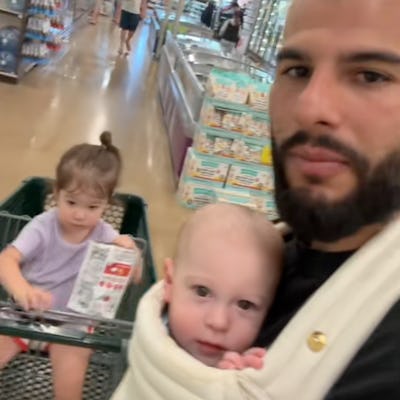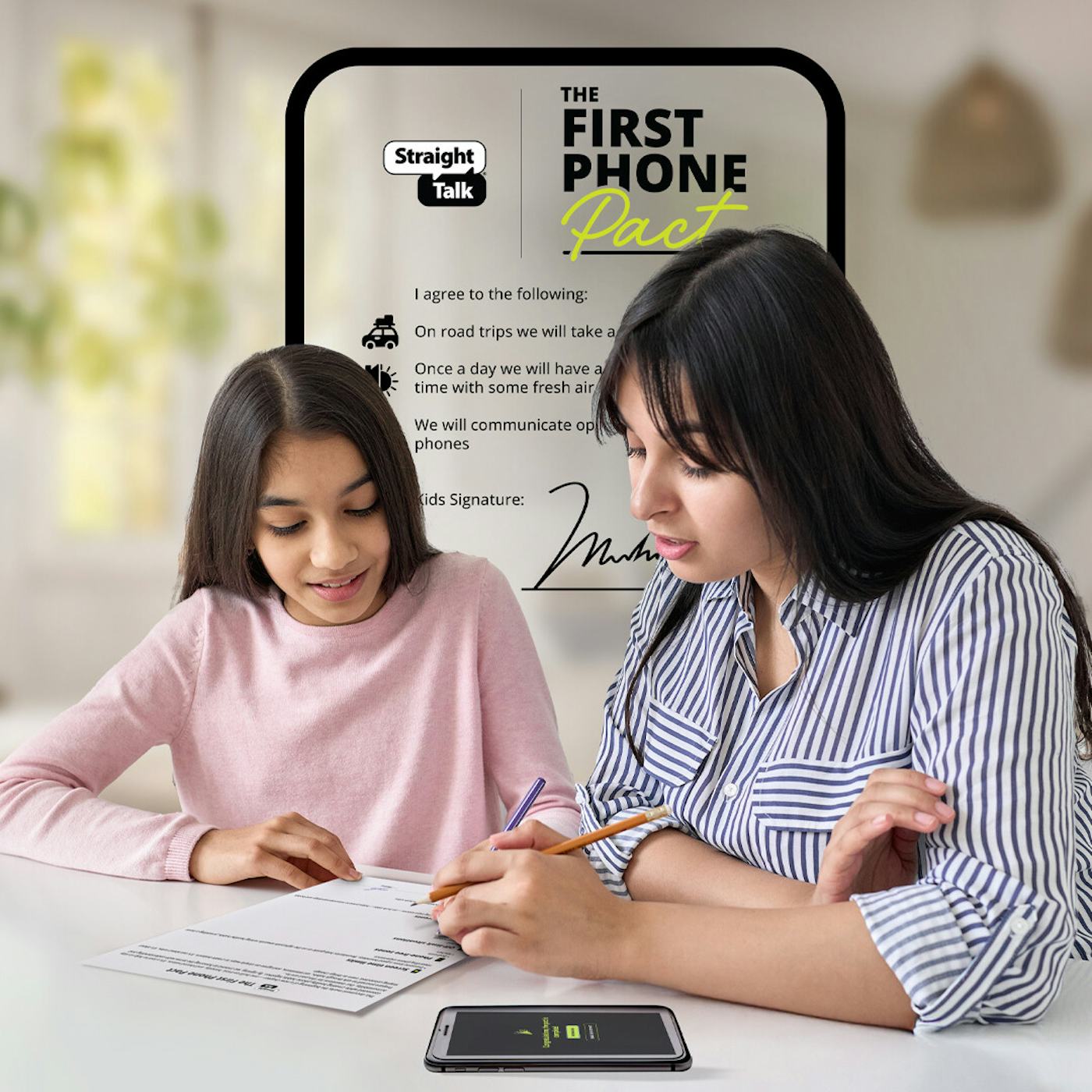| | |
|  | | Raising Readers | | What Librarians Really Want Parents To Know About Raising Readers | Everybody knows reading is important, but how do you foster a love of reading in your kid — and make it a more natural hobby for them? In this article, part of our Back to School issue, we spoke with two librarians who share their simple, easy tips for getting your kids interested in reading, and how to foster a love of books that will translate from home to their classroom. (And yes, graphic novels count as reading.) | |
|
|
|
| |
|
| | | |  | ABC Photo Archives/Disney General Entertainment Content/Getty Images; Paramount Pictures; JONATHAN HESSION/NETFLIX |
| |
|  | Karl Tapales/Moment/Getty Images |
| |
|  | TikTok |
| |
|
|
| |
|
| | |  | | Presented by Straight Talk Wireless | | A Roadmap For Your Child’s First Phone | So many of your kid’s independence milestones are included in the de facto parenting manual: the driver’s licenses, first days at school, first part-time jobs. But their first phone? Some guidance would be nice for that one. Between navigating good digital citizenship, balancing screen time and social interaction, and all the other unknowns of carrying around a pocket computer, things can get overwhelming. Luckily, there’s a better way to navigate all those stressors. Introducing The First Phone Pact from Straight Talk Wireless — a free questionnaire you can complete in less than 10 minutes to help you and your child create personalized phone guidelines together. Set screen time limits, establish phone-free zones, and build healthy digital habits from day one. Ready to turn phone stress into family success? | |
|
|
|
| |
|
| | |  | | Here's Our Homework | | When Schools Try to Erase Diversity, Parents Have To Make It Part Of The Curriculum | “In more ways than one, kids are losing access to diversity and inclusion in the classroom. This systemic erasure is happening through anti-DEI policy, with a stark example being the more than 10,000 book bans in public schools — which target books by authors of color, by LGBTQ+ authors, and by women, as well as books that critically center race, gender identity, and immigration through history,” writes Julie Sprankles. “This means that, even when they want to teach inclusively, educators are often restricted by district policy or new legislation. And that leaves a massive gap — one that’s shaping how our kids see the world and each other.” So she spoke to experts on how to do the work at home. | |
|
|
|
| |
|
| | |
|
| |
|